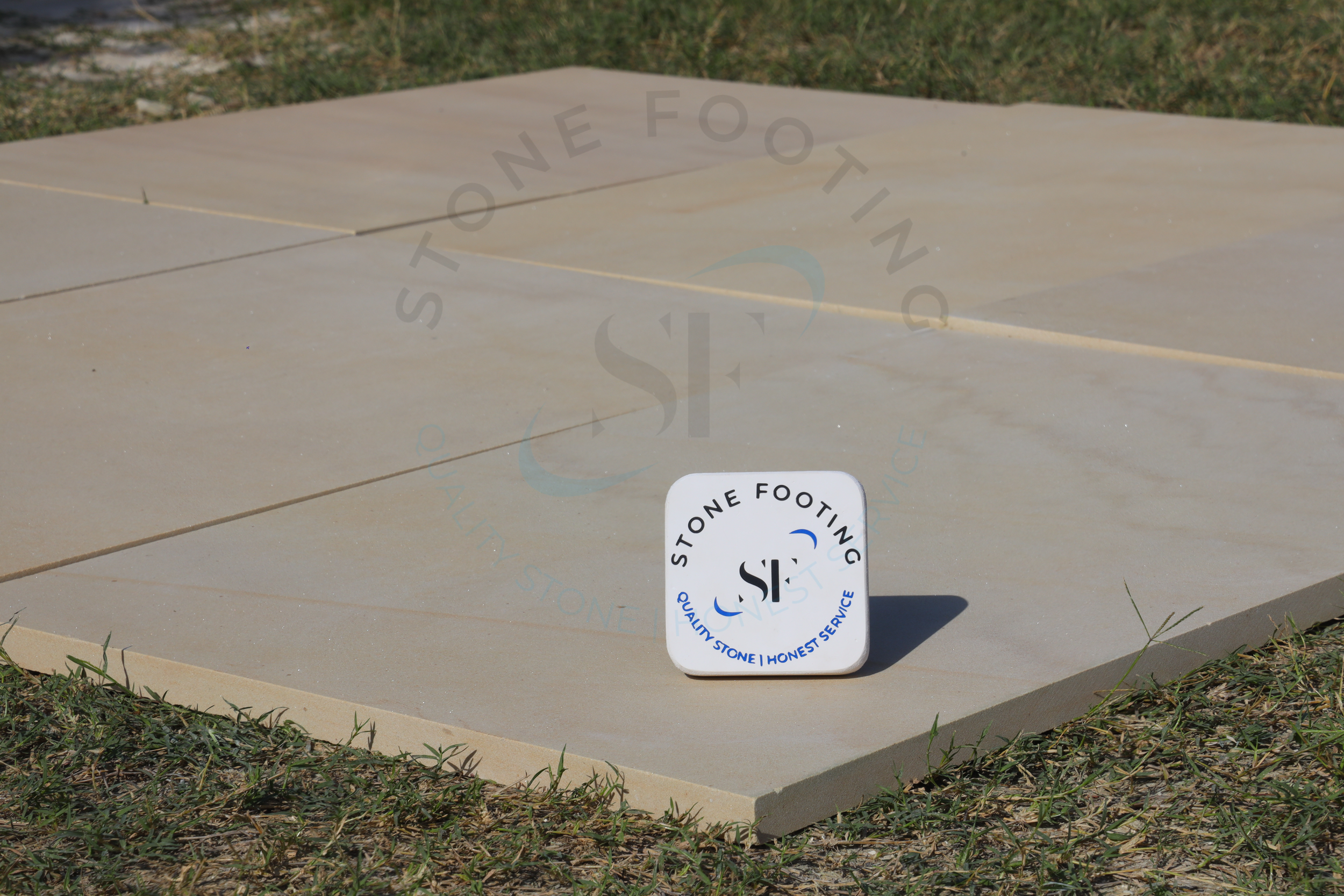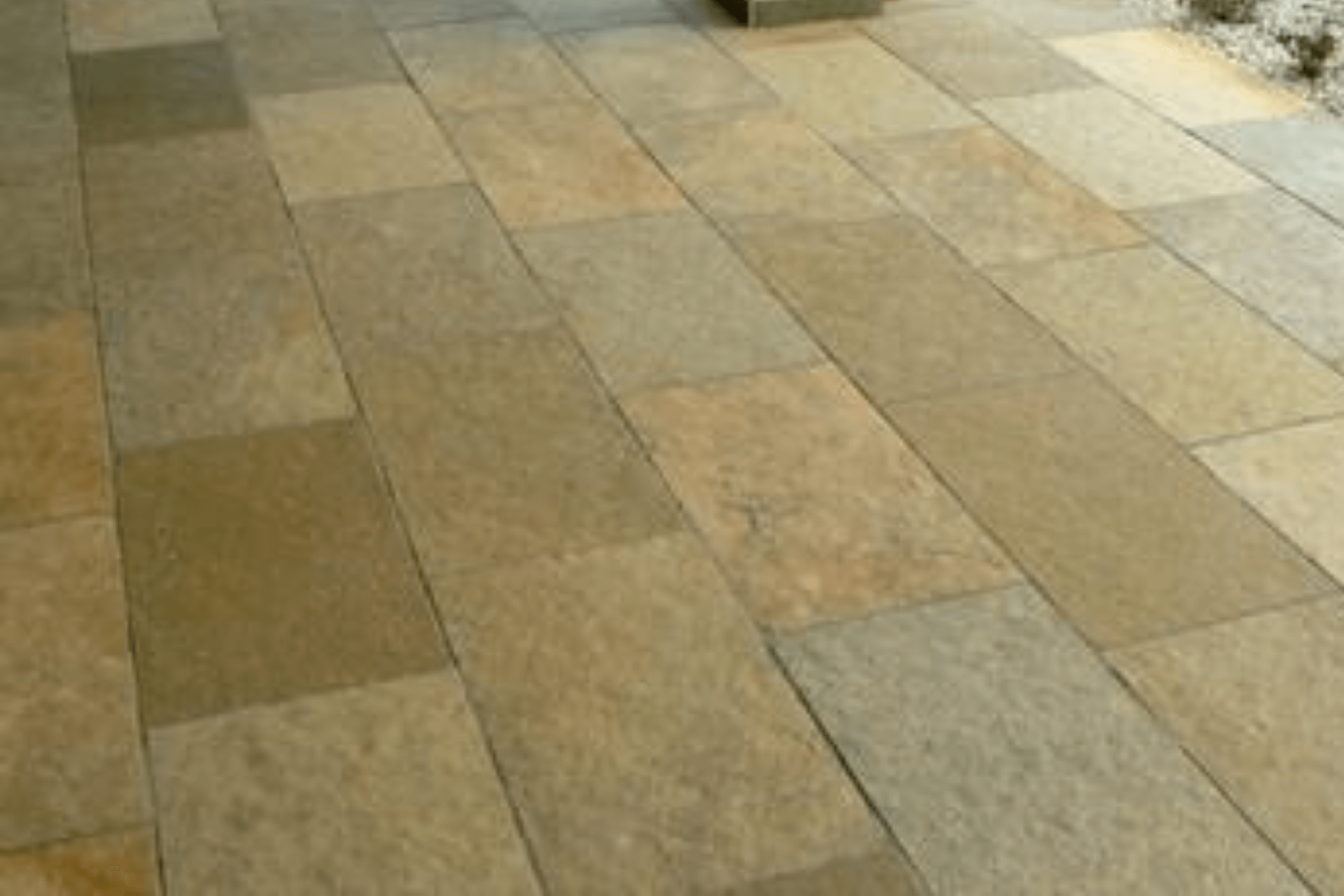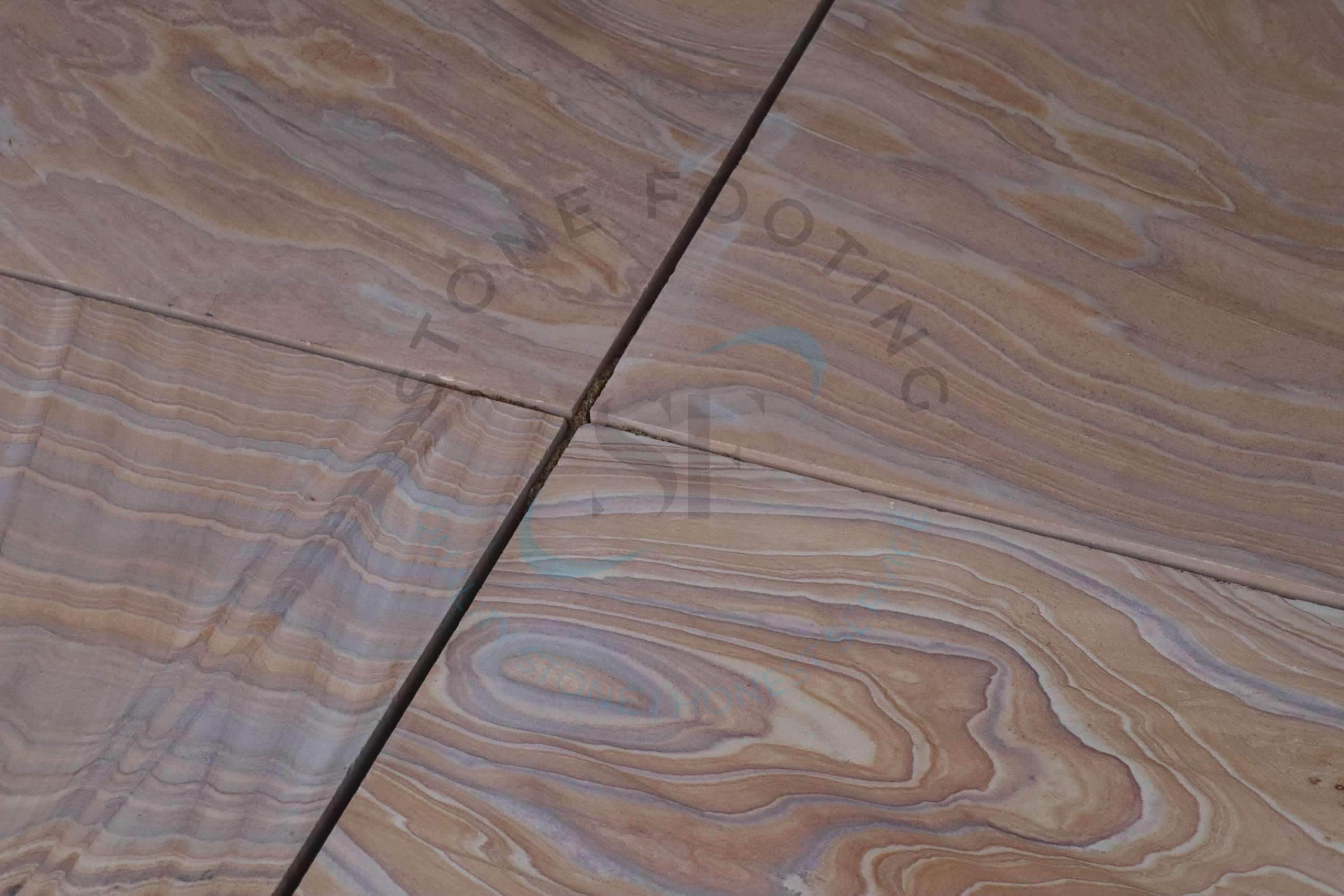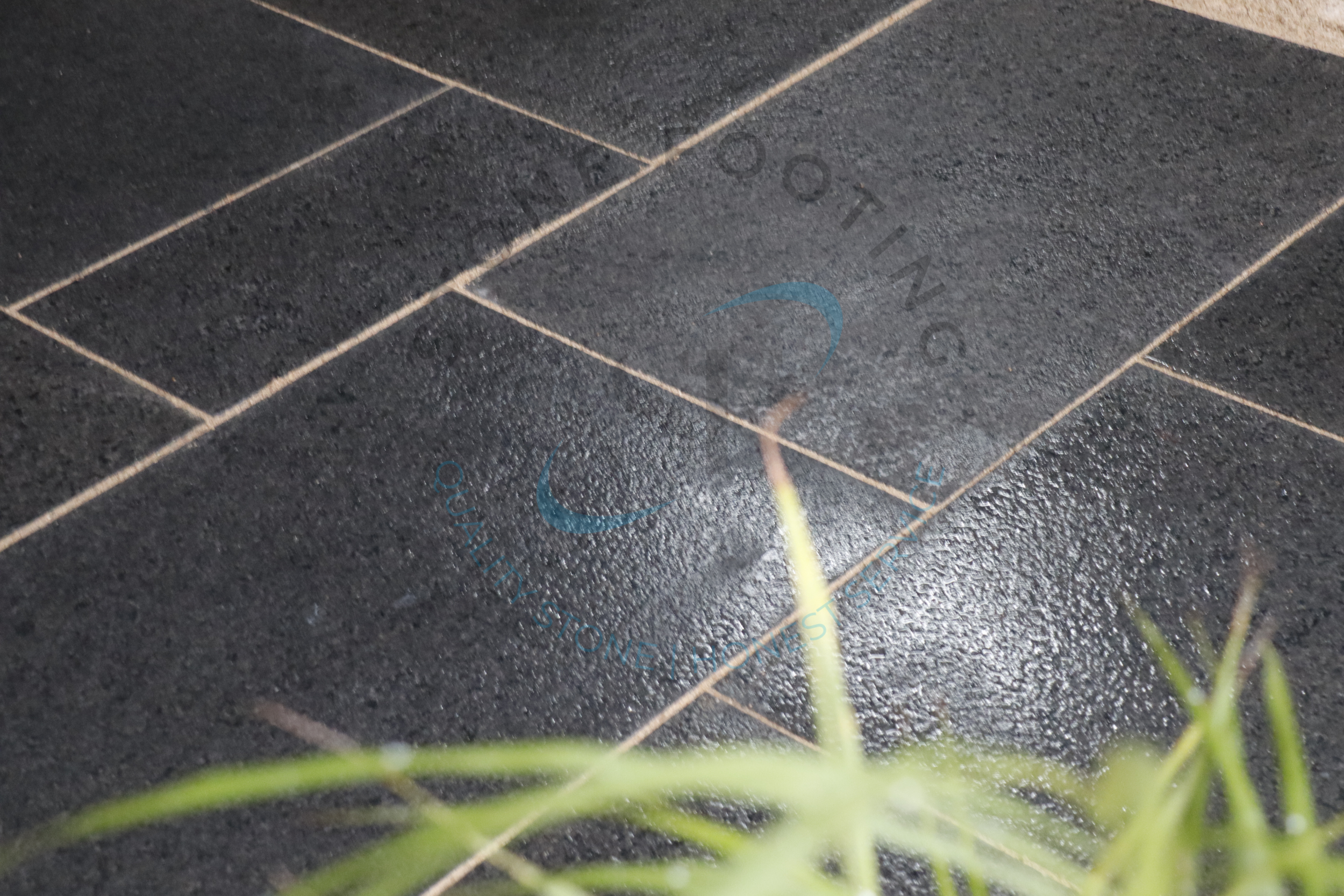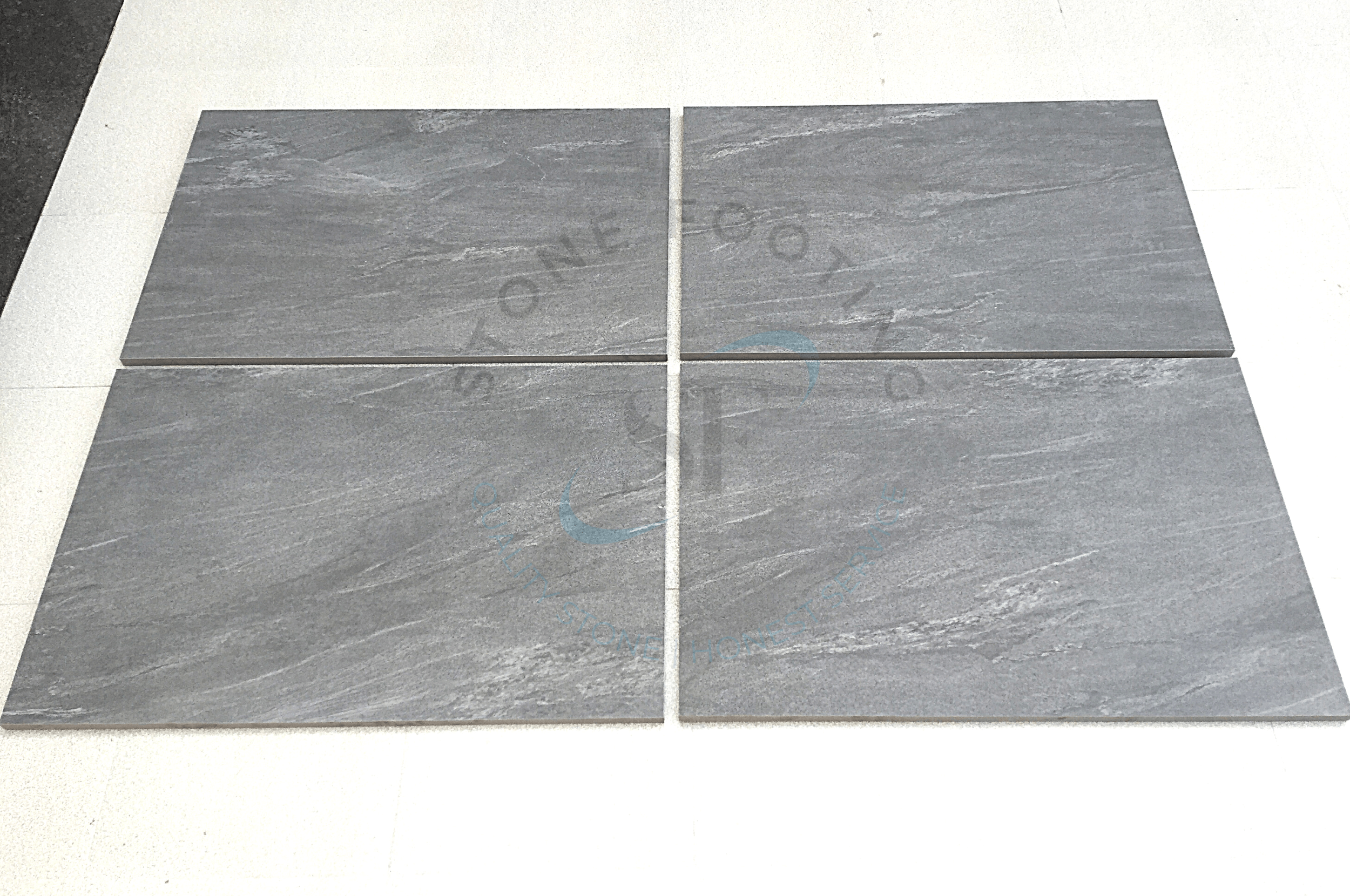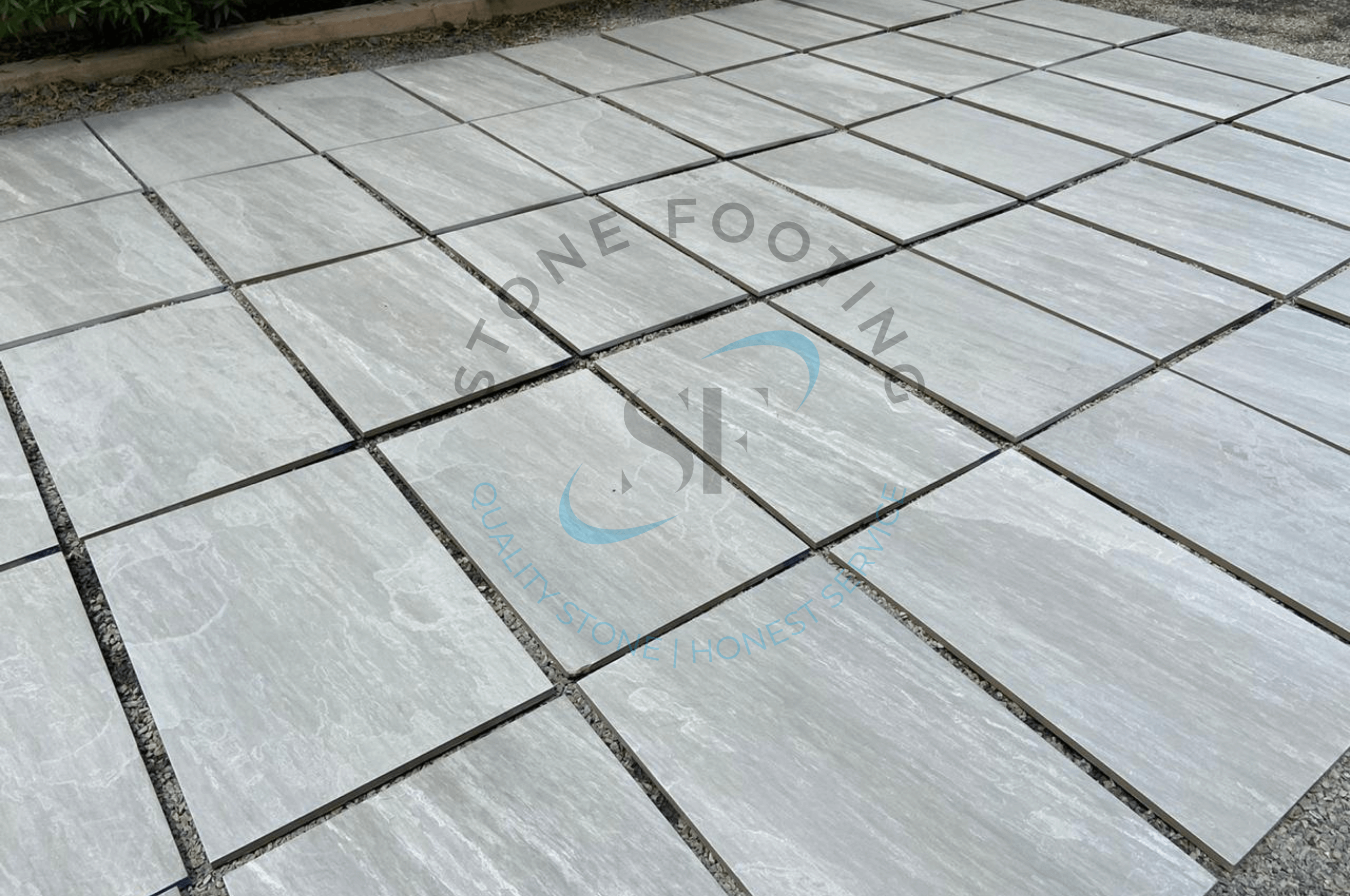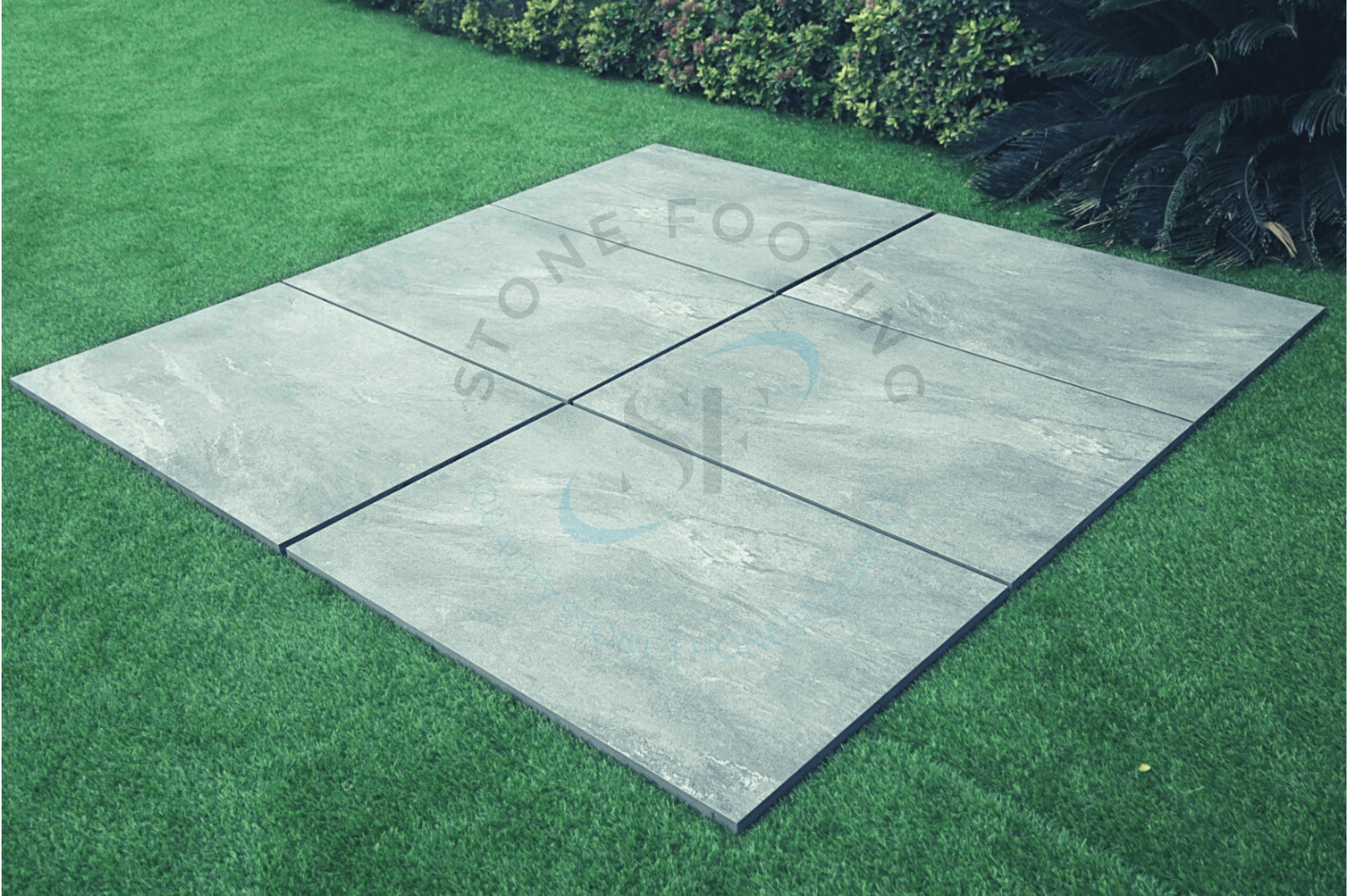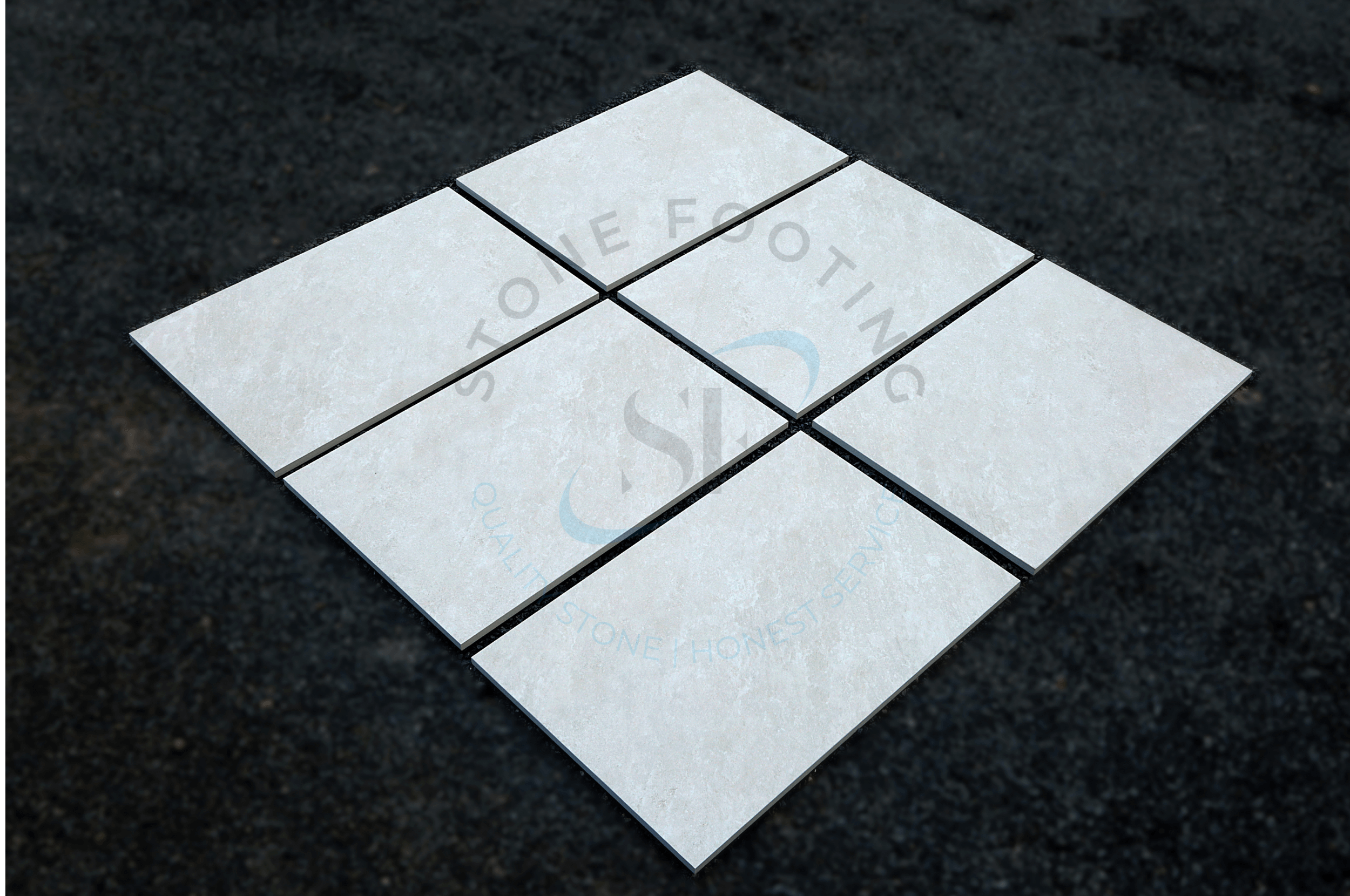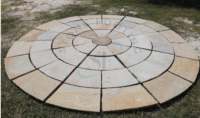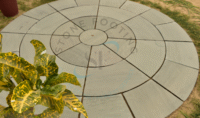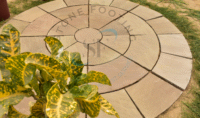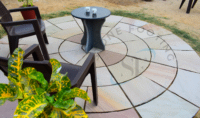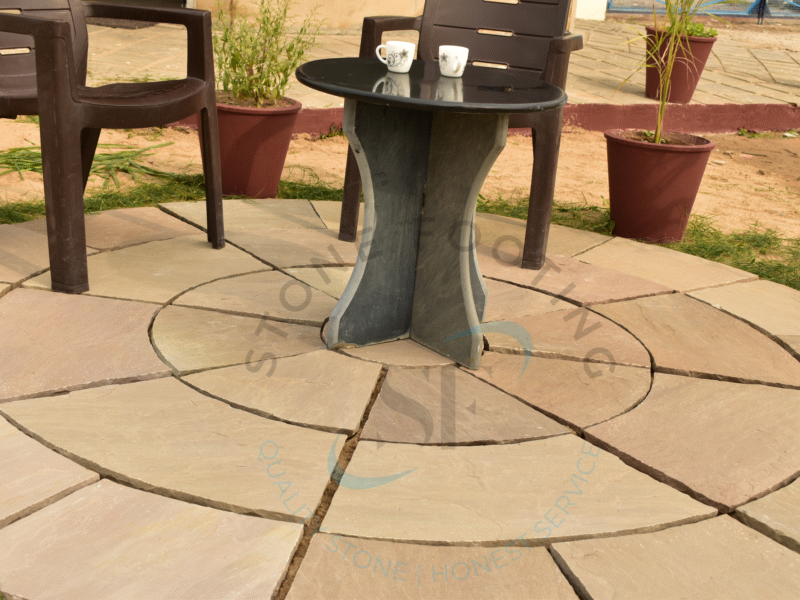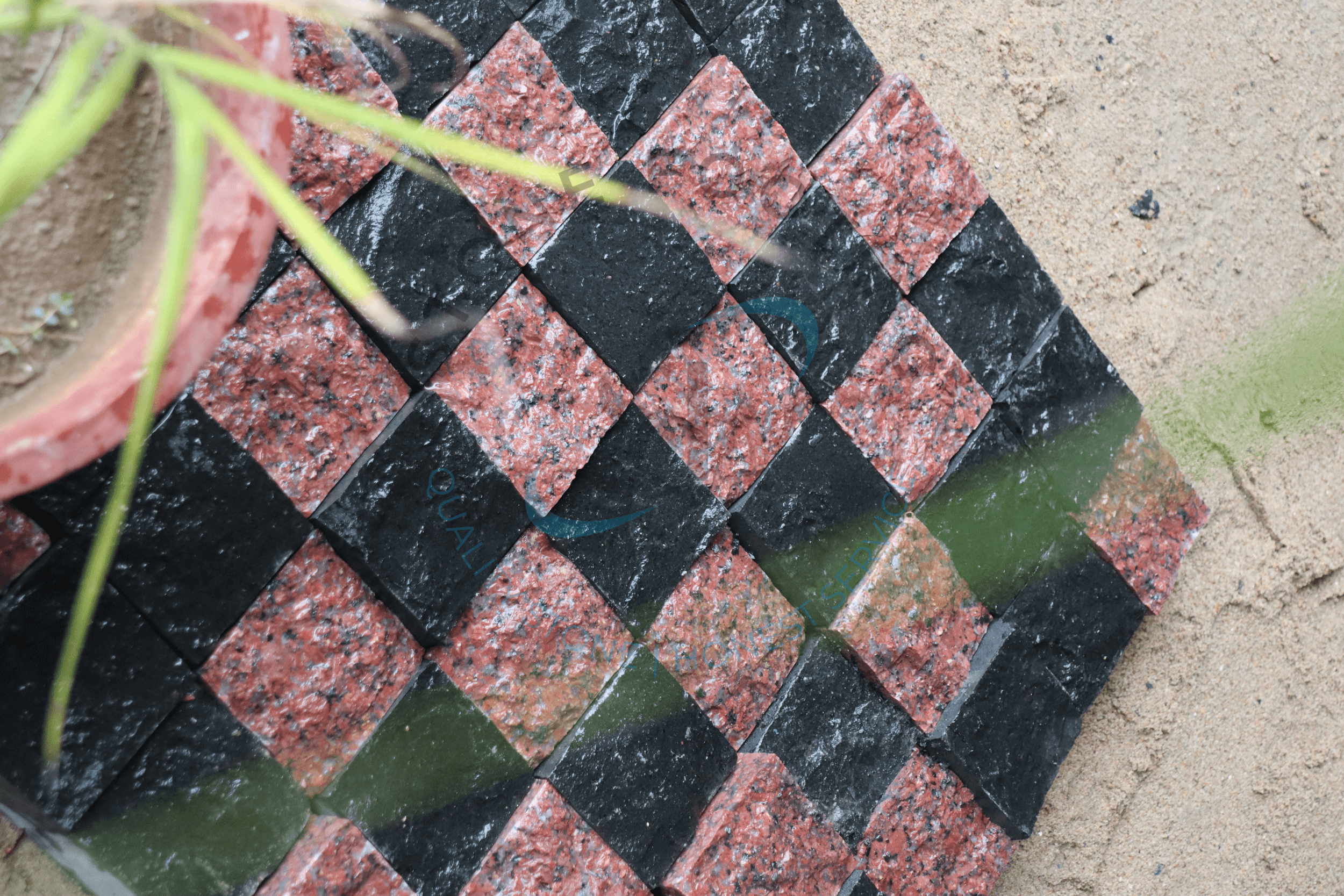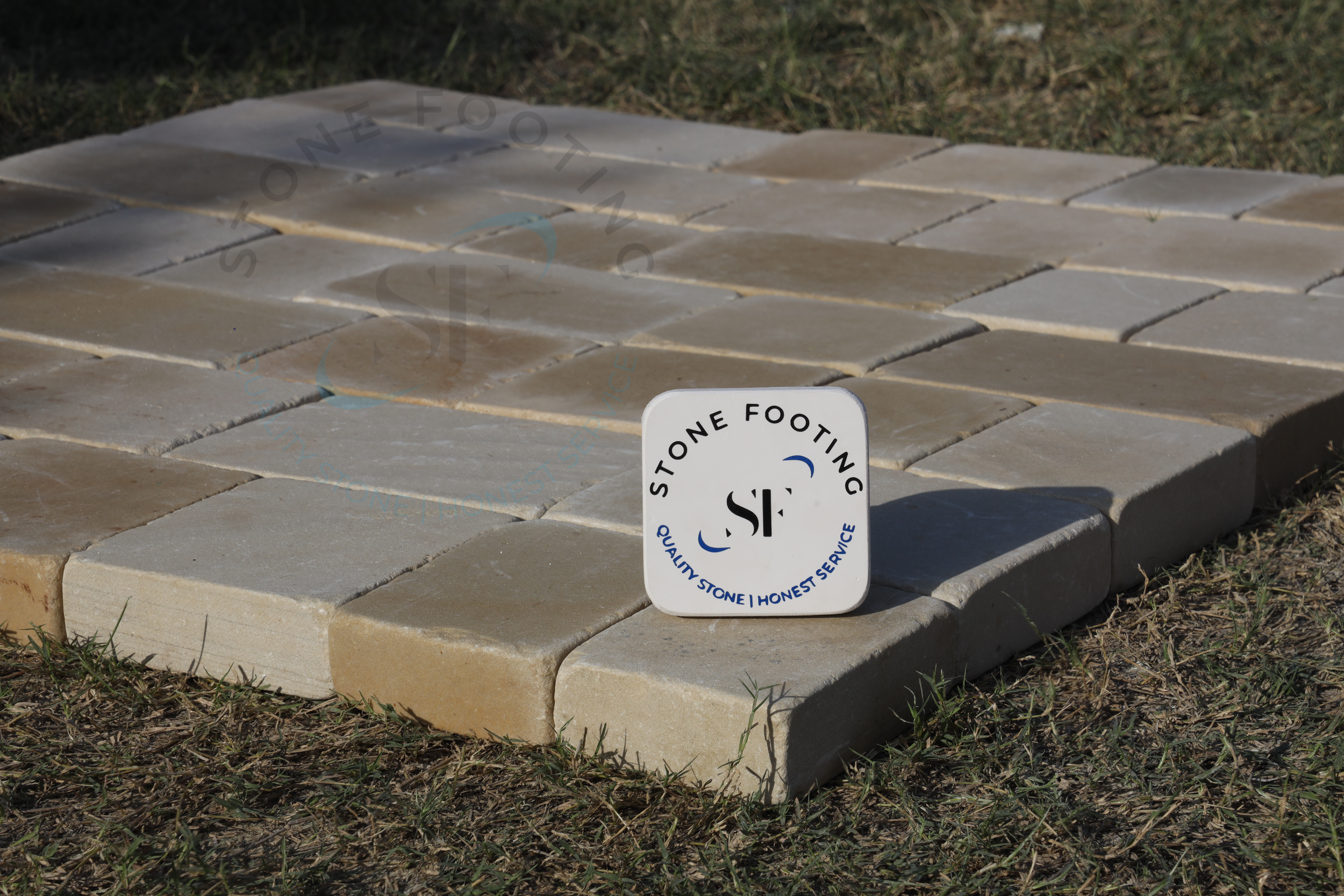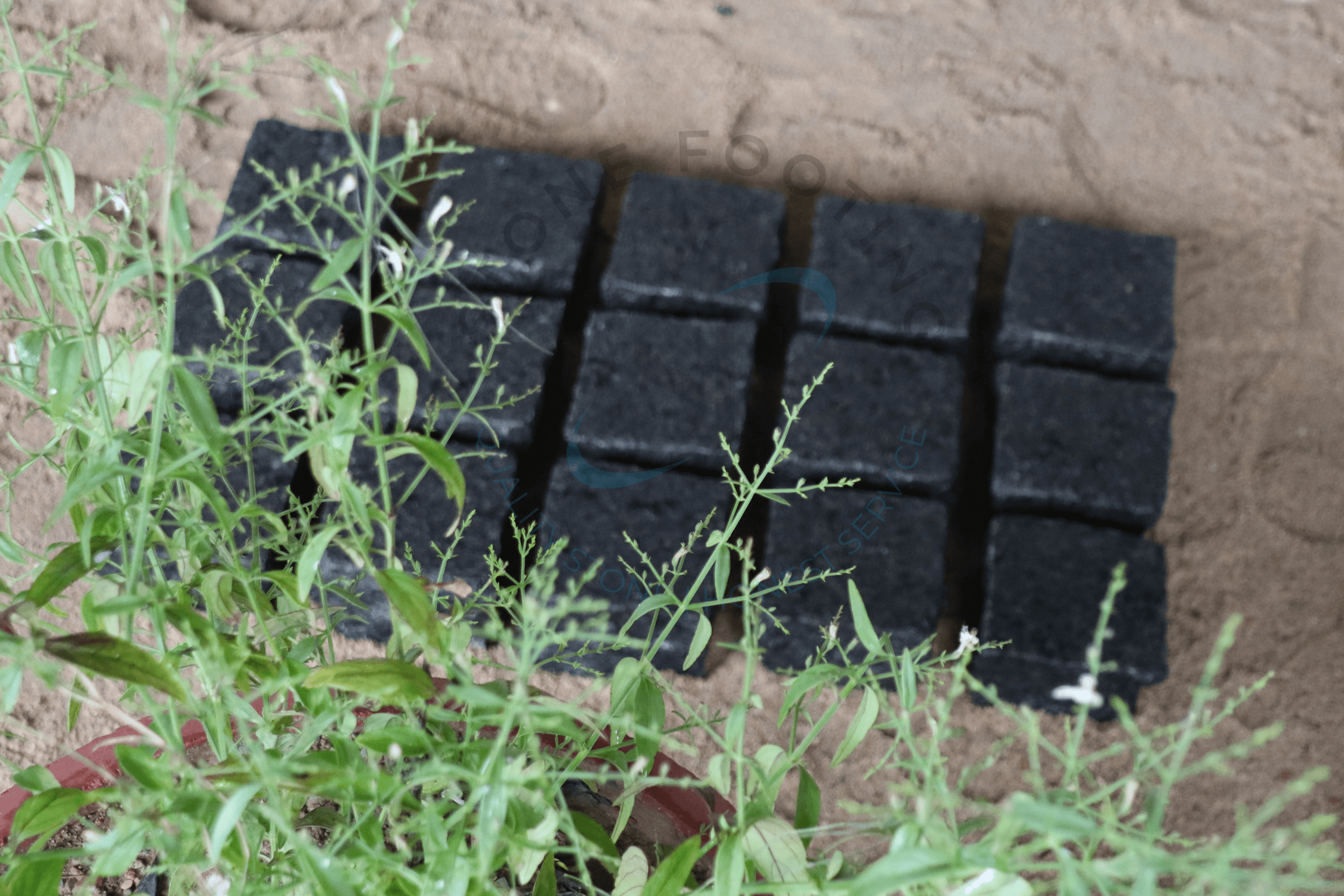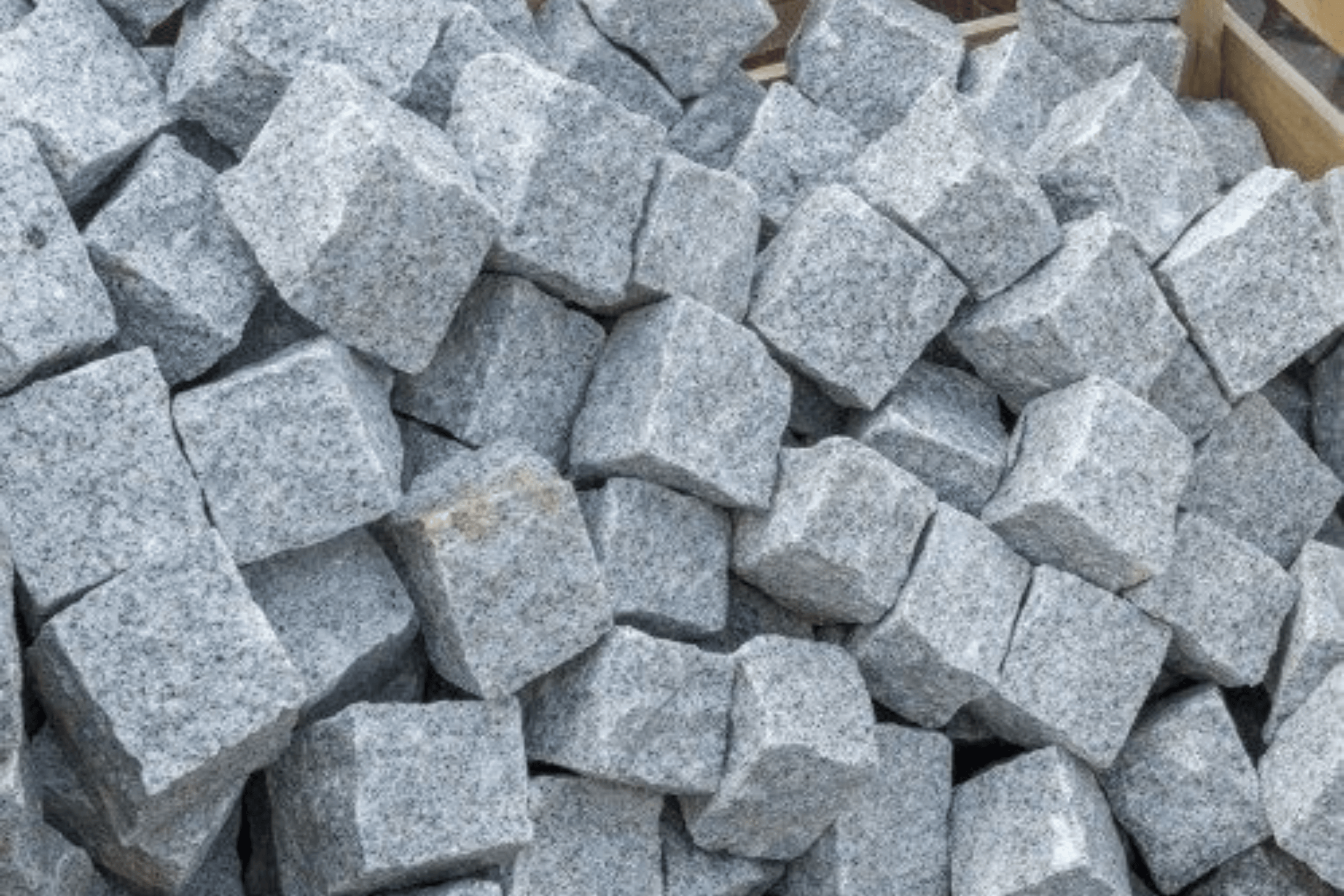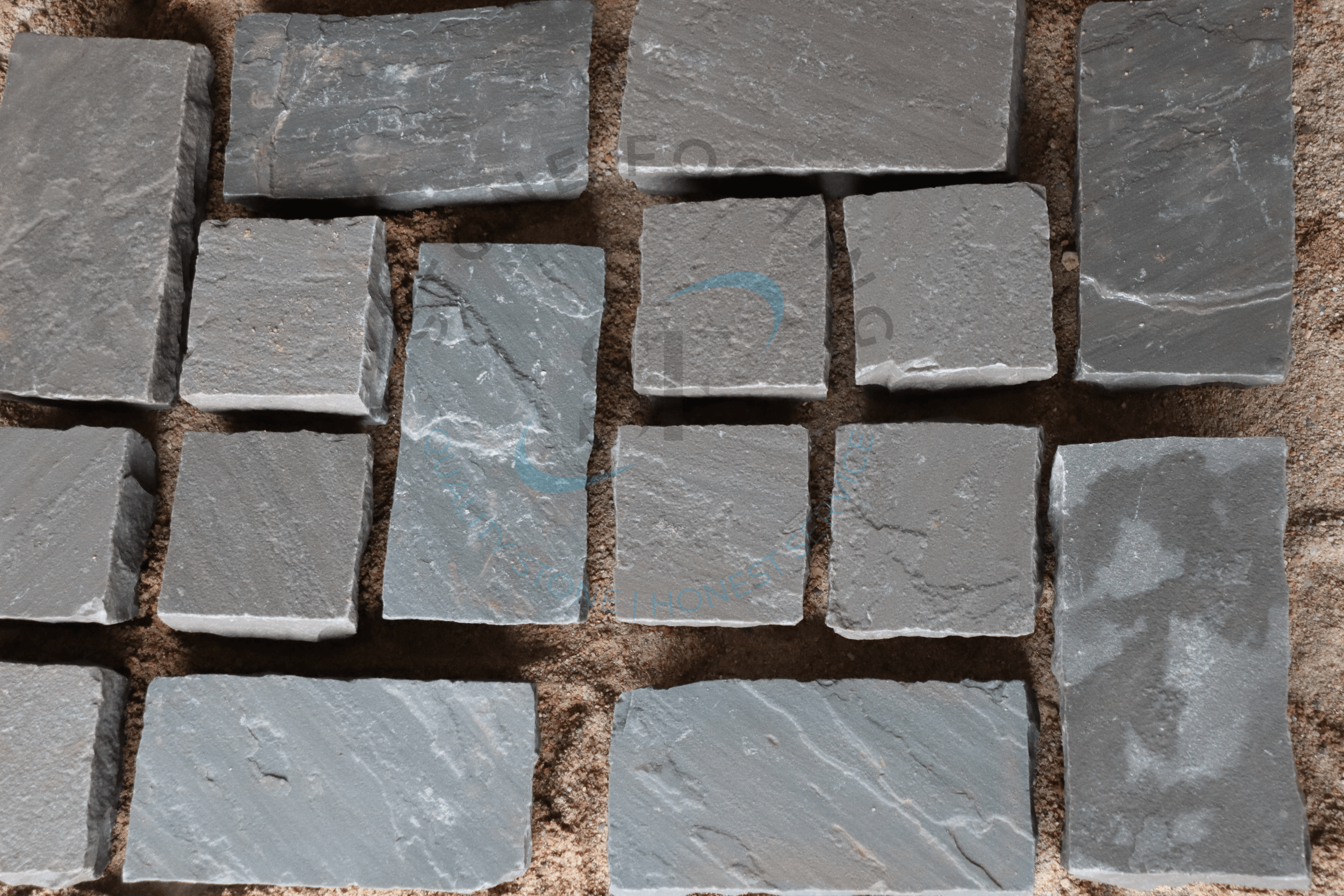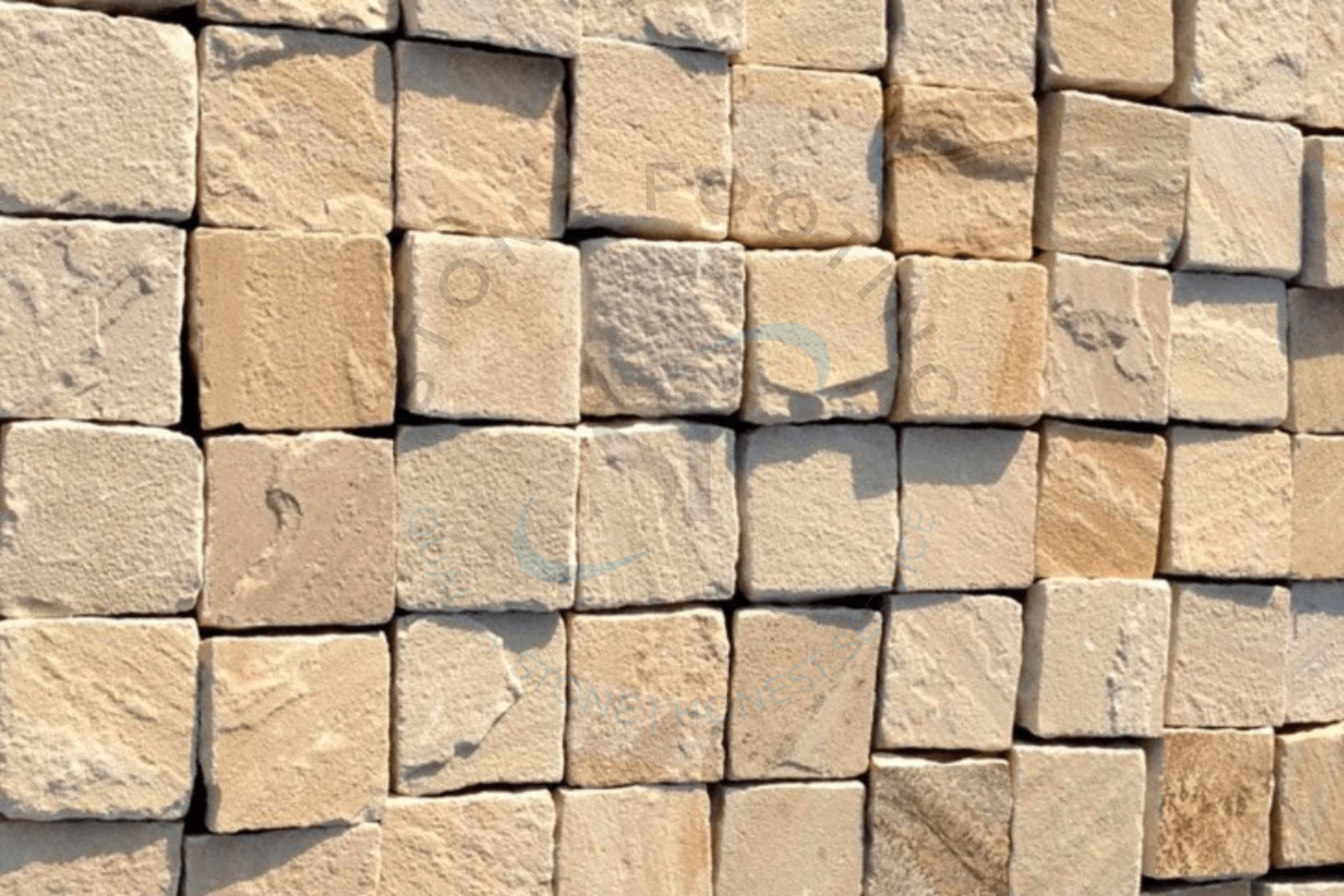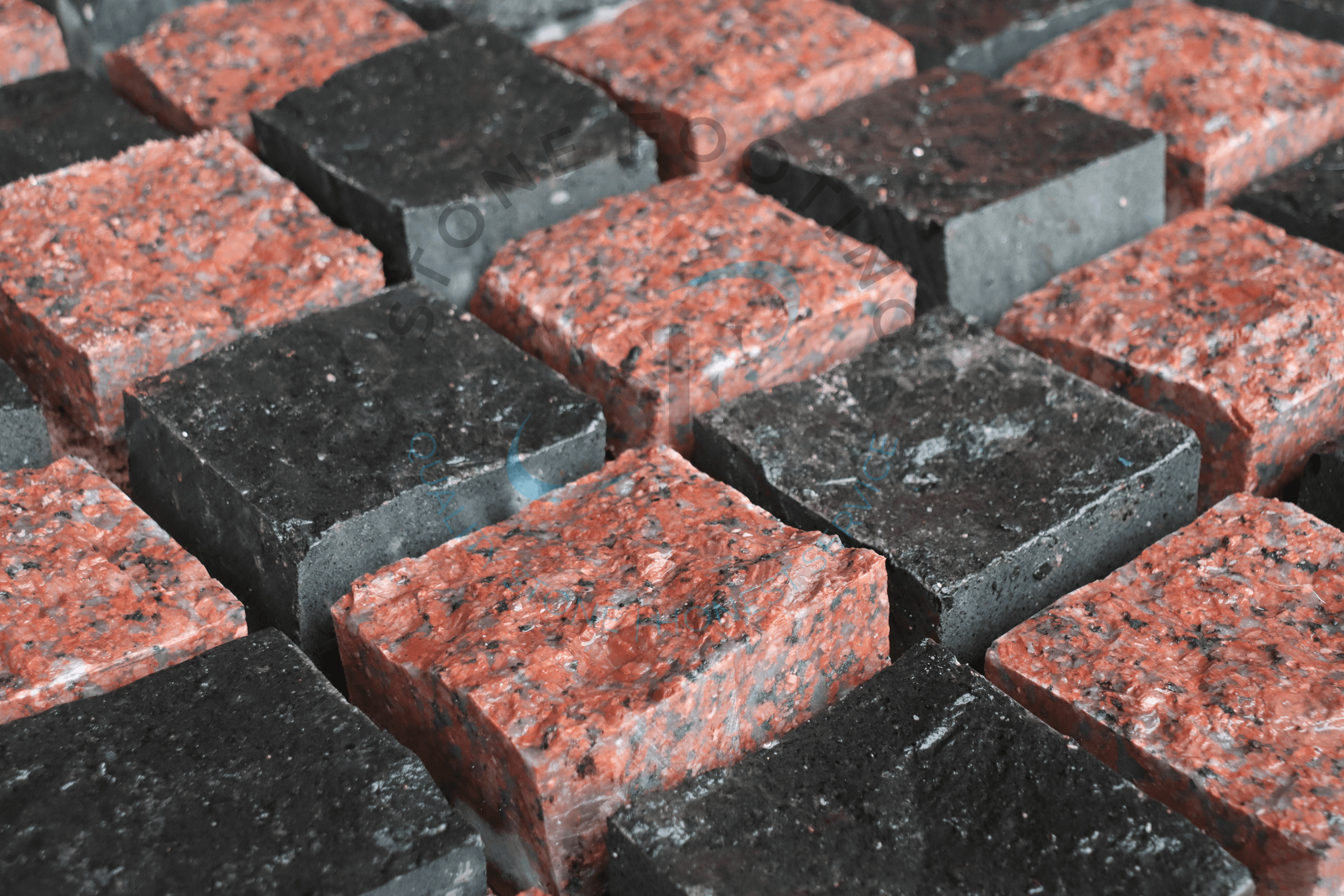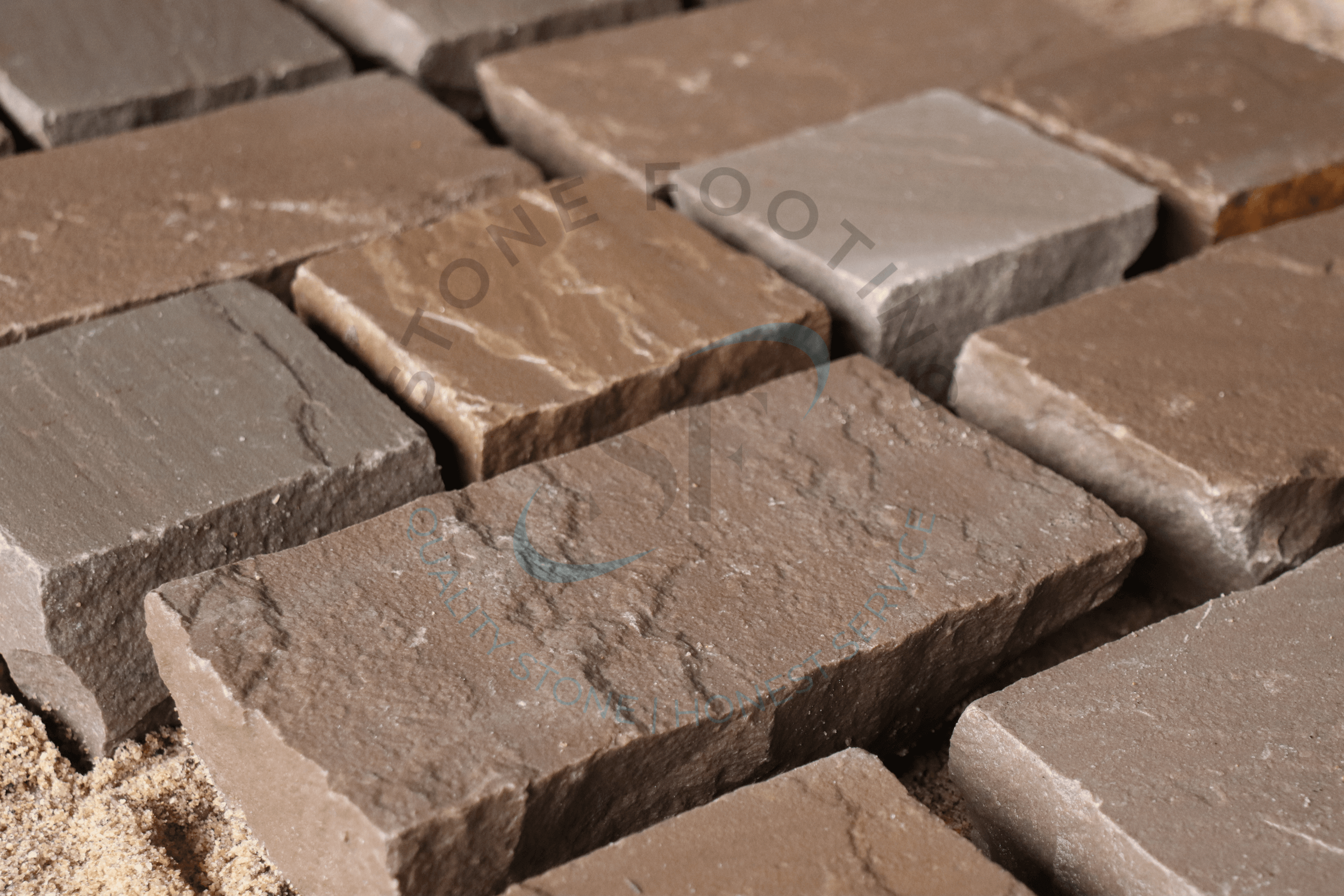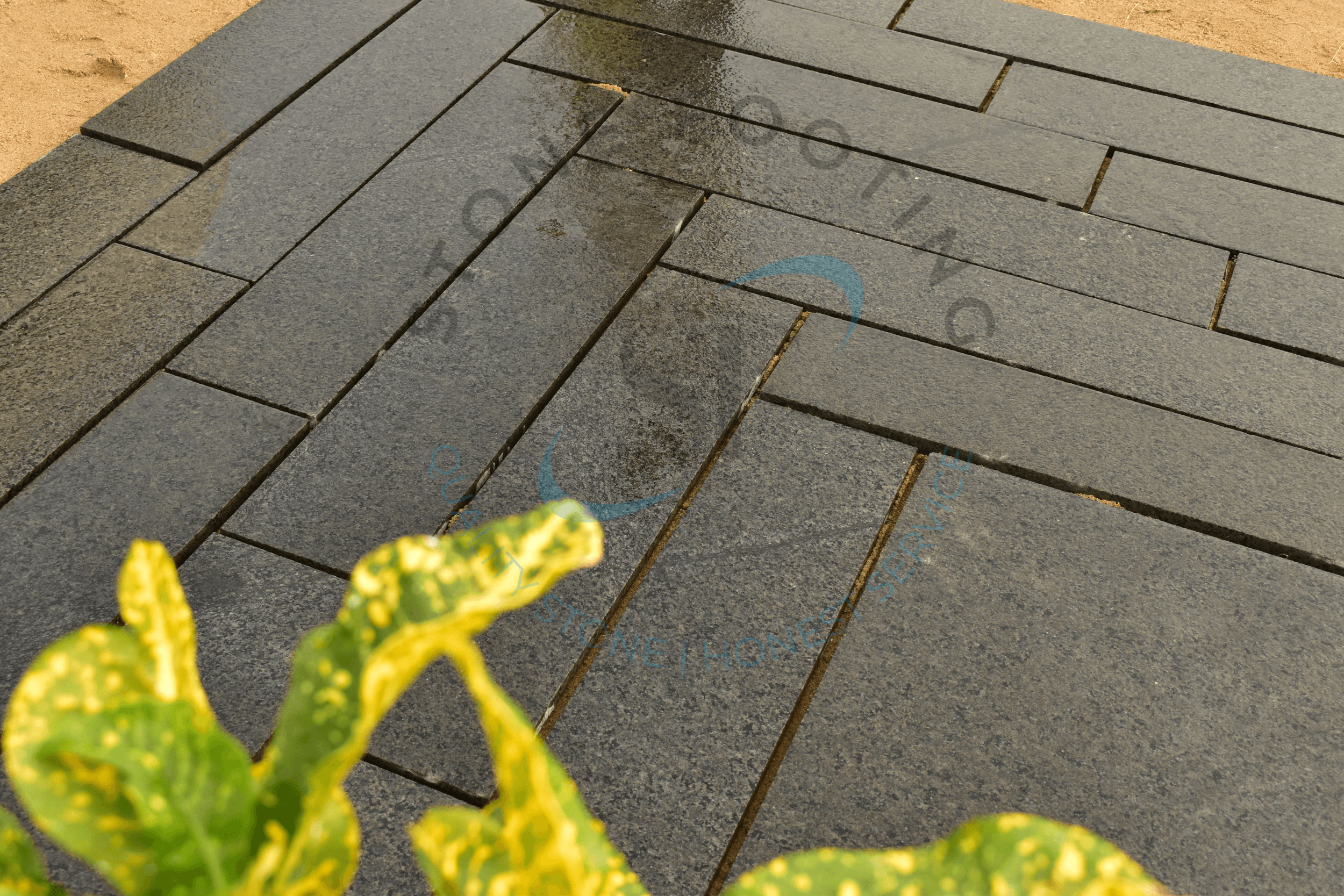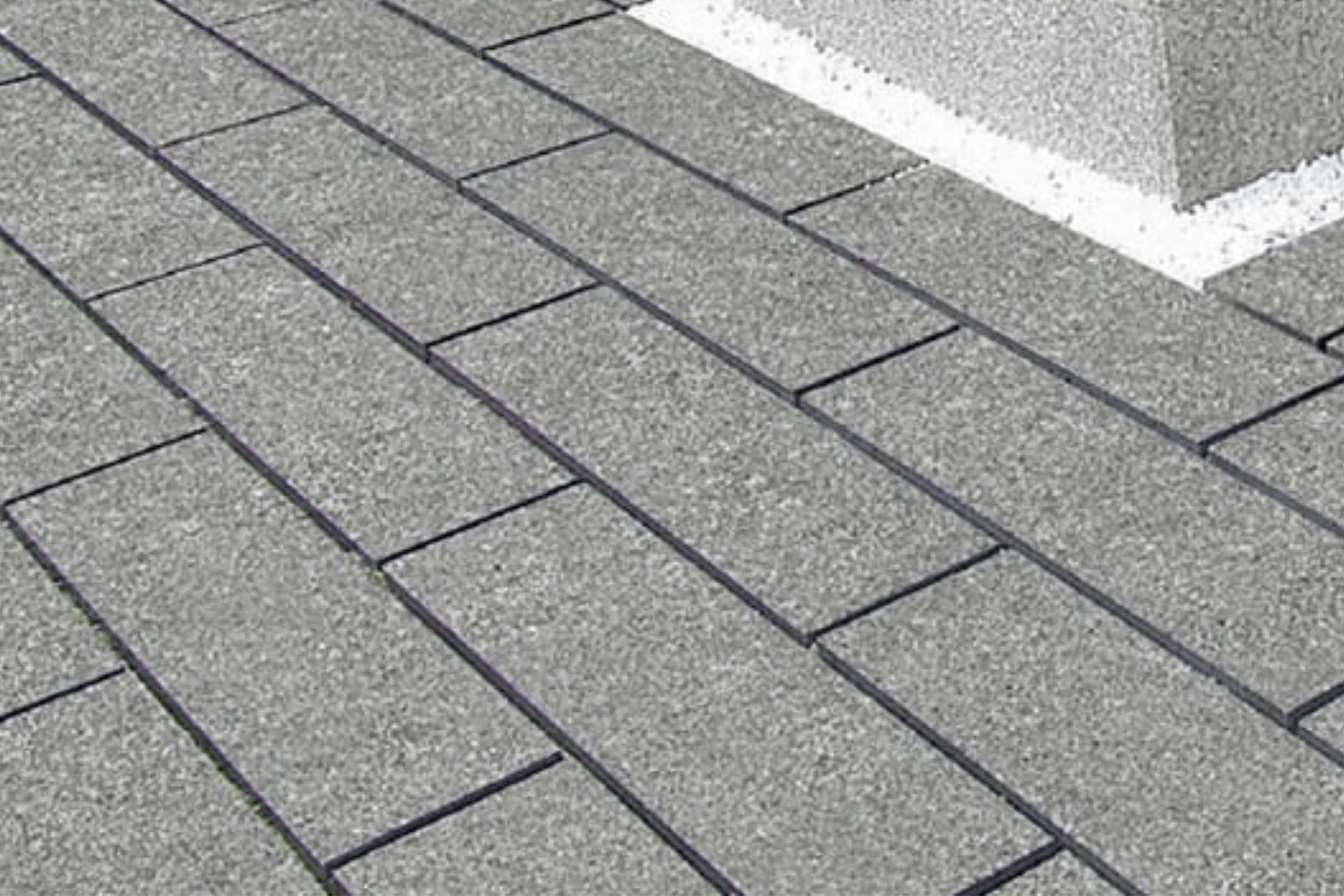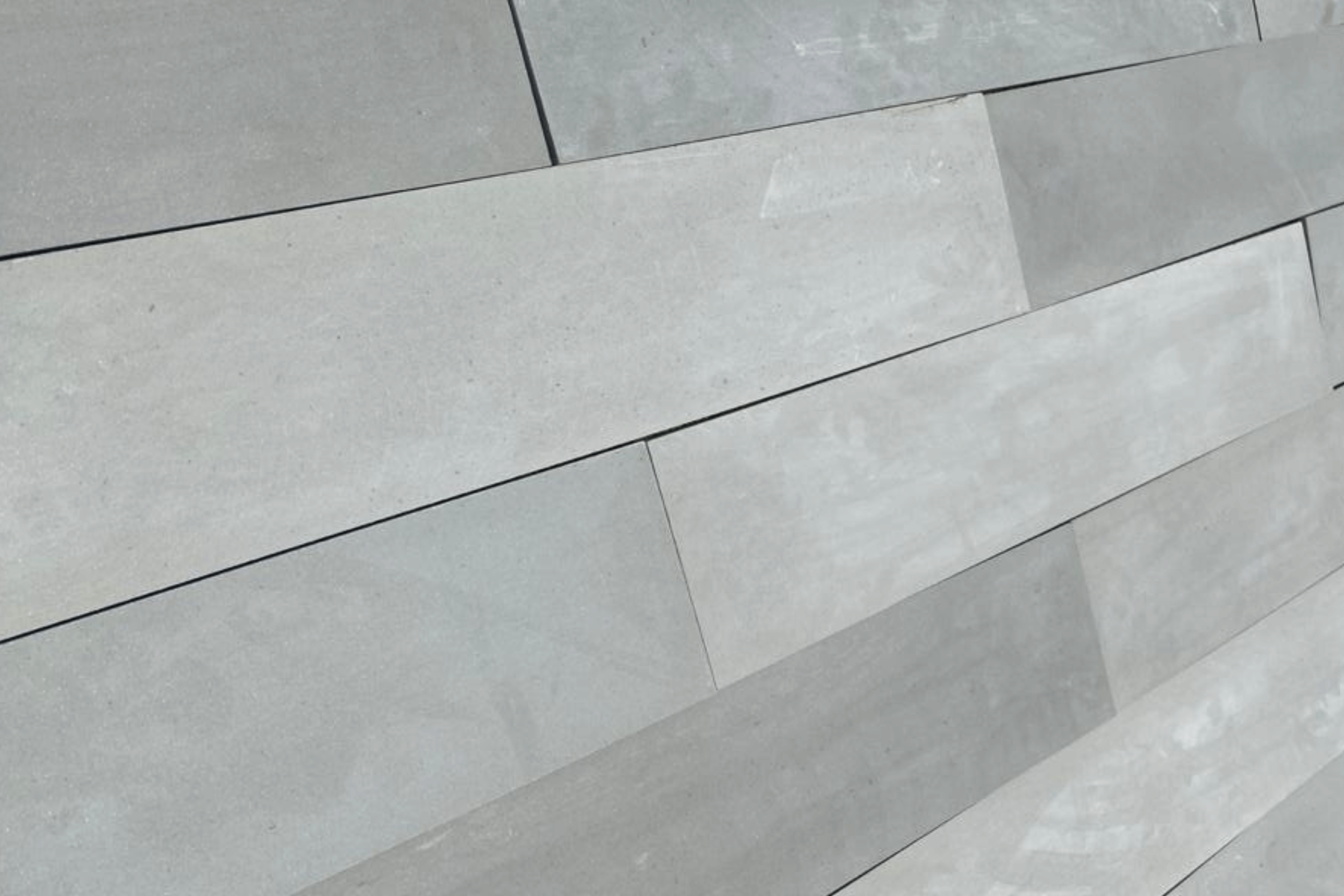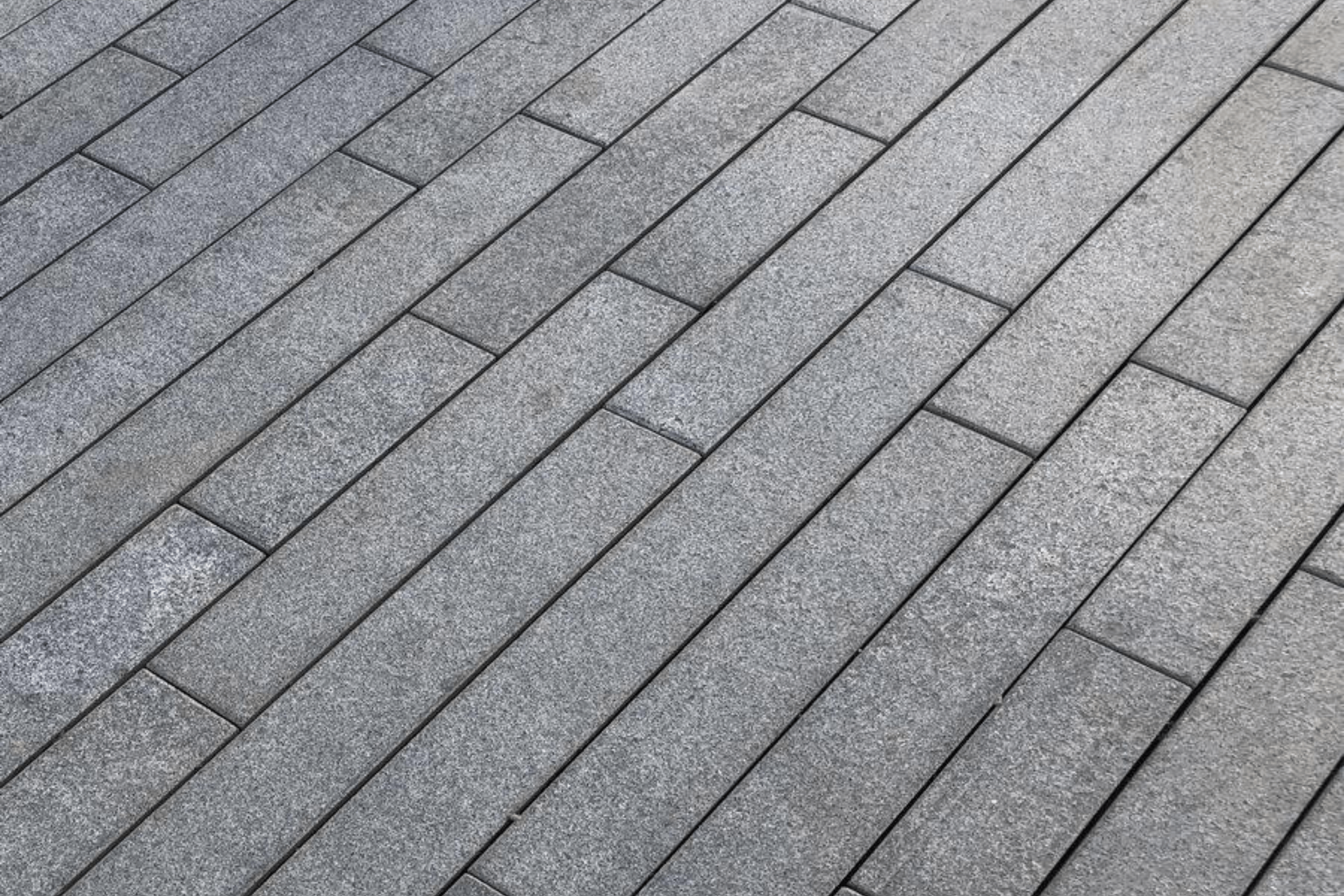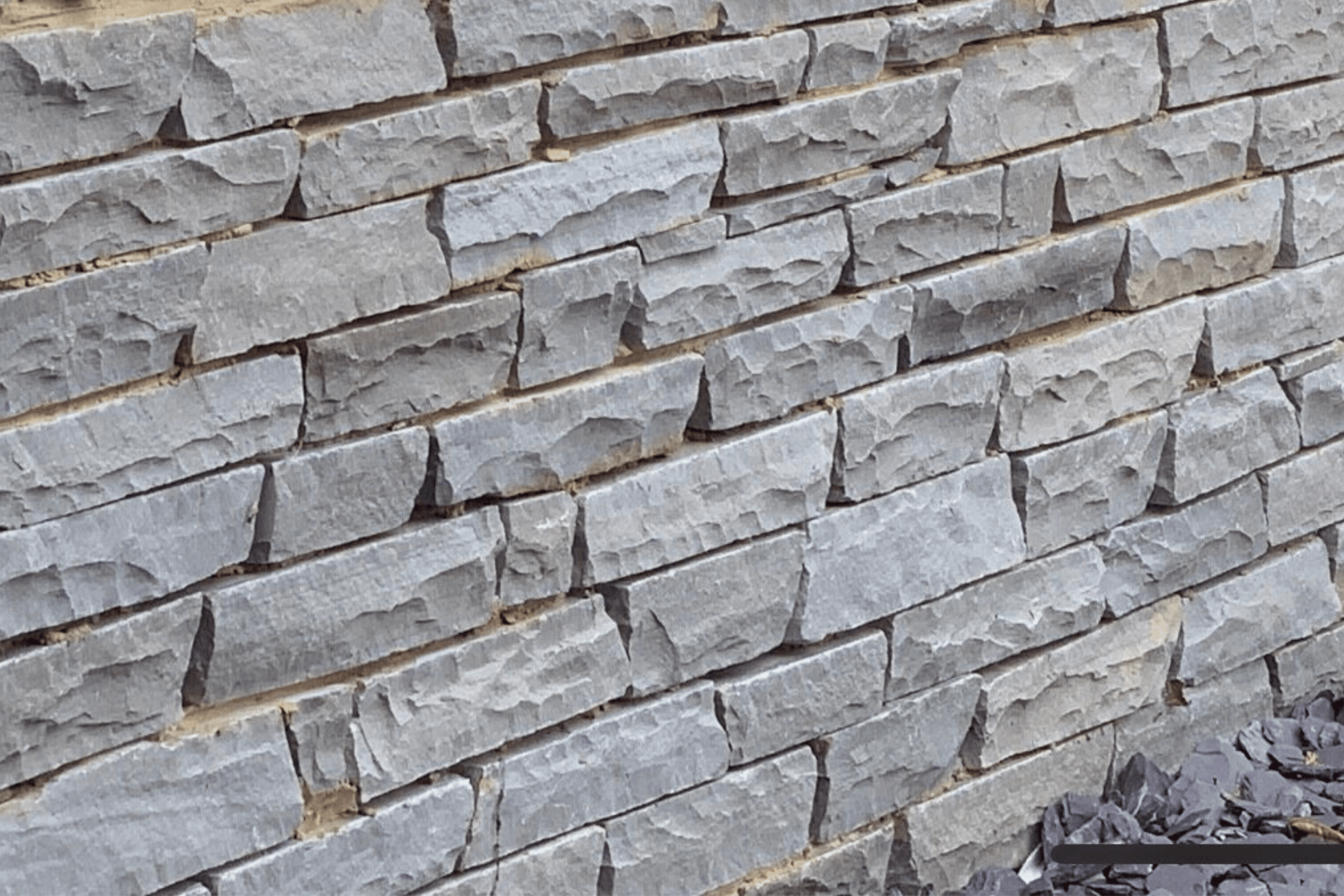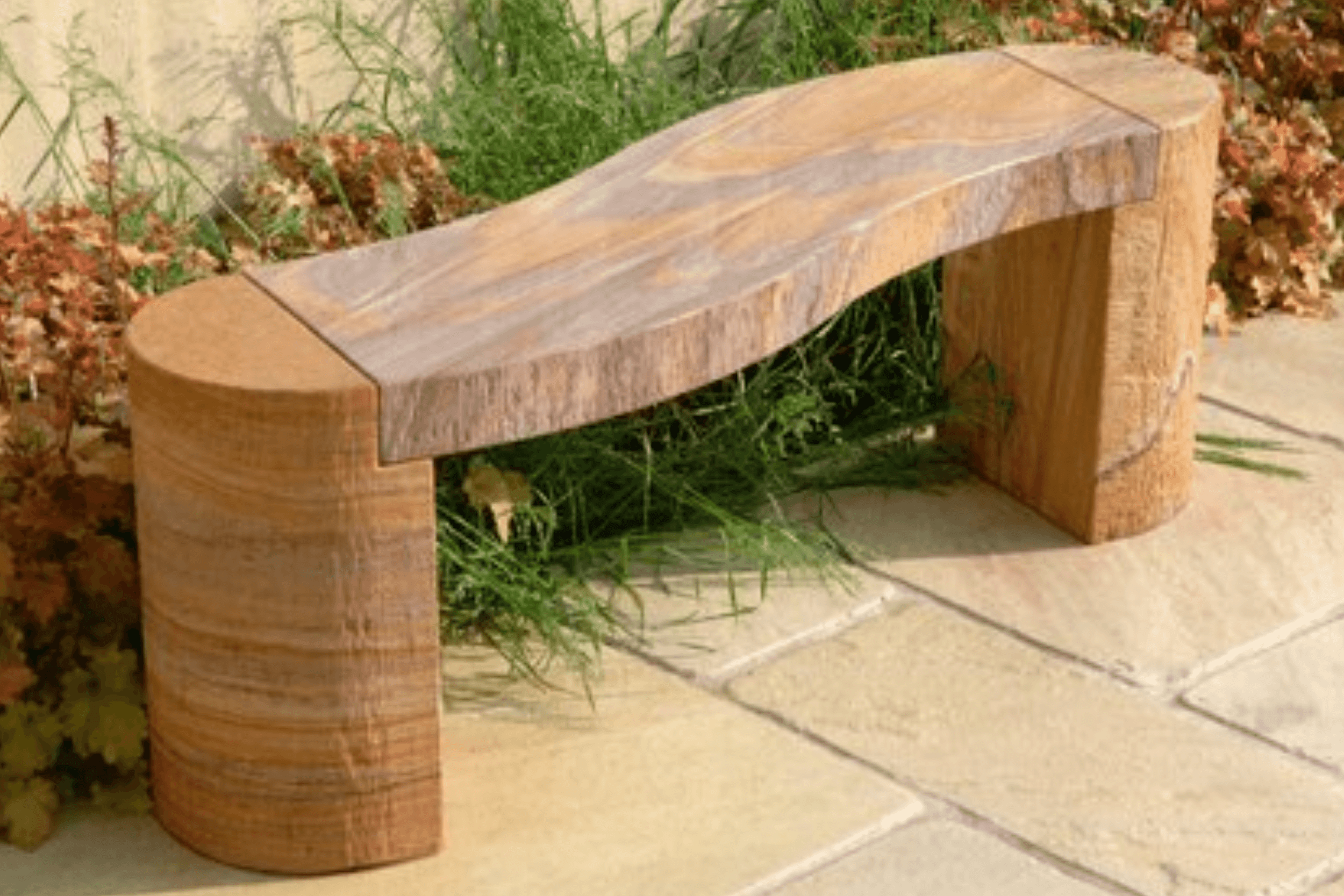They say nothing lasts forever, but an old ford and a natural stone.
For almost four decades,quality indian sandstone has been a great suggestion for garden pavement, and it is an economical option for any patio.
Each kind of quality Indian sandstone has its own color palette, intricate veining characteristics, and even plant fossil marks that have formed organically over thousands of years.
We have a large selection of hues, patterns, and thicknesses to fit any project, so you can discover the ideal Sandstone Pavement for yourself!
Often these individuals only build one or two outdoor spaces in their entire lifespan, and selecting the right concrete slab can be difficult. However, we are happy to take you through the most essential factors to consider when choosing a high-quality stone, ensuring that you make the greatest option for your area.
What Is Sandstone?
Sandstone is a metamorphic layer that is found in sedimentary basins all over the world. It’s made up of sand-sized grains, mineral fragments, and organic stuff. The diameter of sand-size particles varies from 1/16 millimeters to 2 millimeters. It may also comprise a matrix of silt- or clay-size particles that occupy the gaps between the sand grains.
Sandstone Uses
Even in prehistoric times, quality Indian sandstone was employed in residential architecture and kitchenware.
Sandstone has always been a popular construction material. It’s quite soft, making carving it a joy. It has been used extensively in the construction of temples, homes, and other constructions all around the world.
It’s also been utilized to make attractive fountains and sculptures for artistic reasons.
Some sandstones are resilient to deterioration while yet being simple to deal with. As a result, sandstone is widely used in construction and paving, as well as in asphalt pavement.
Some forms of sandstone are good materials for making grindstones, for sharpening blades, and other utensils, due to the hardness of individual grains, consistency of grain size, and flowability of their structures.
Choosing The Perfect Sandstone For Your Patio And Outdoor Areas
Choosing the perfect sandstone for your patio and outdoor areas may be a nightmare, with choices ranging from color to stone type. Have you considered where it came from, how absorbent it is, and how resistant it is to colder weather?
Let’s proceed with the all the factors that can help in choosing the best quality indian sandstone for the individual requirement –
This should be in keeping with the house and garden’s style. Should you choose classic, rustic riven stone or contemporary sawn face stone?
In addition to picking a color that you like, consider whether you want a color that clashes with or enhances the home and garden’s existing walling. Alternatively, you might use more than one color.
What will it be used for? How much foot traffic, weight, and traffic will it have to withstand?
In most landscaping projects, the cost of stone accounts for just 20percentage points of the entire cost, with the remainder of the money spent on labor and other materials. As a result, choosing a more expensive stone may not have a significant influence on the price.
A sandstone with a high water absorbency – one that absorbs too much water – is more susceptible to frost and more prone to develop algae or lichen growth over time, making it more difficult to maintain cleanliness. Therefore, If a provider advises that their stone be sealed, it’s possible that this is because the water absorption is so significant that the product would become green with algae development within months of placement, and sealing will cover the stone’s underperformance.
Compressive strength is a function of a stone’s durability. The higher the number, the less likely the stone will be damaged during shipping or once it is installed in your yard.
In the British winter, regular frosts are prevalent, and a series of cooled cycles can weaken stone over time. Stone Footing sells frost-resistant quality Indian sandstone, which implies that the effects of a tough winter will be limited.
Final Thoughts!!
Patio slabs and quality Indian sandstone have never been simpler to get by, and there are dozens of options. We’d prioritize the use above the aesthetic since, with so many options, you’re likely to find the correct color and texture – it’s far more crucial to choose the proper stone.
Stone Footing, the leading wholesaler of Natural Stone in the UK and other European Countries. At Stone Footing, the thicknesses, widths, and forms of the sandstones are modified to meet the customer’s needs. So if you’re looking for a high quality and outstanding sandstone paving, simply click get a quotation or drop your requirements on email or WhatsApp. Our team will contact you as soon as possible.
Frequently Asked Questions
What is the lifespan of Indian sandstone?
If properly placed and maintained, Indian sandstone paving may last a very long time.
How frequently should sandstone be sealed?
You should indeed apply many layers of sealant if the water takes 5–10 minutes to soak, but you can reapply every 3–5 years. If it takes more than 30 minutes, your counters are securely sealed and you don’t need to do anything!
What is the best way to make sandstone shine?
If the stone is very flawless, instead of using a brush, soak a lint-free towel with a sealer and apply it on.

